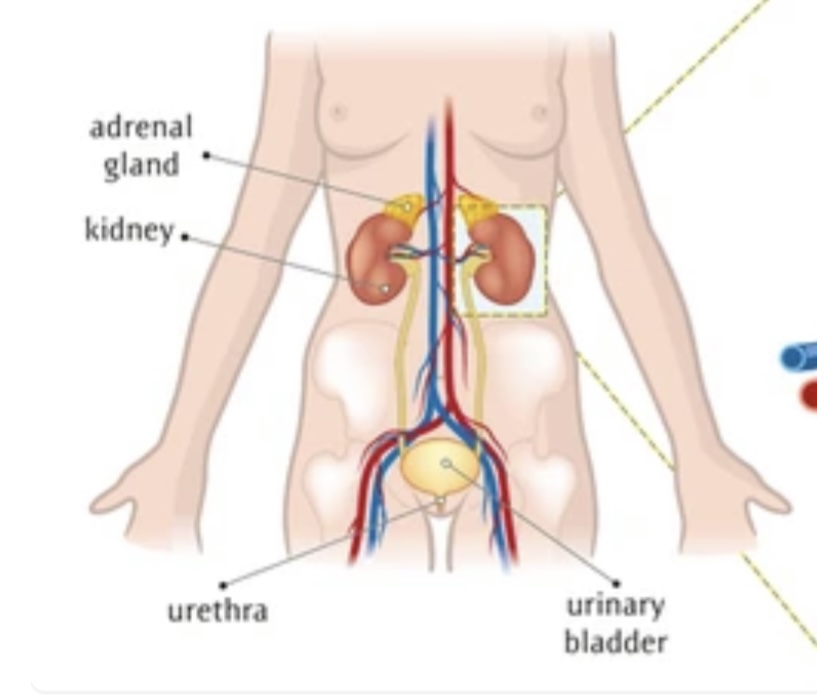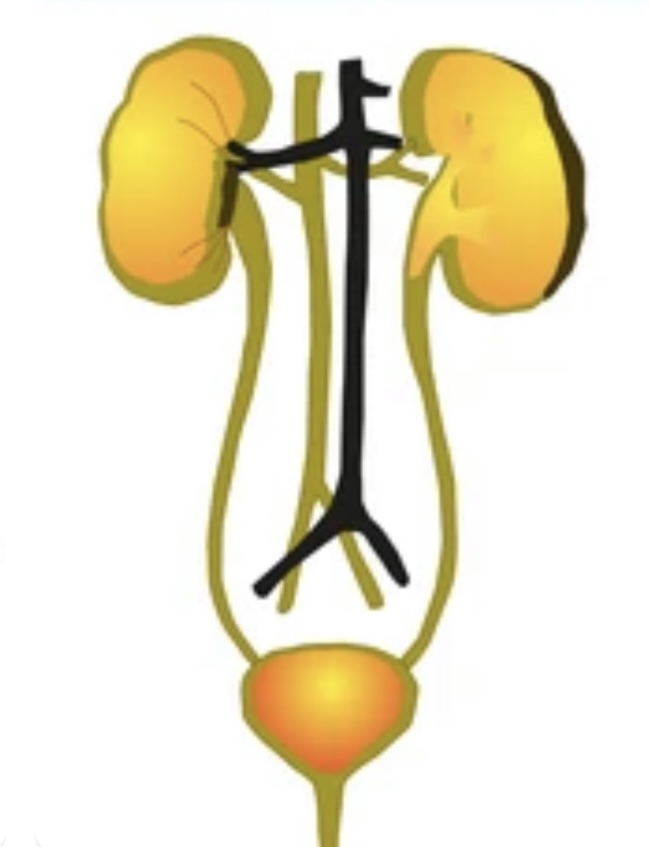Introduction
Comparative anatomy of the excretory systems in vertebrates serve a crucial function in maintaining internal homeostasis by eliminating metabolic waste and regulating the body’s water and ion balance. From the intricate nephrons of mammals to the nephridia of invertebrates and the remarkable adaptations of aquatic vertebrates, each group has evolved distinct excretory structures. This comprehensive analysis delves into the varied world of vertebrate excretory systems, emphasising their diverse structures, functions, and evolutionary adaptations.
Fish excretory system
In aquatic environments, fish have developed specialized excretory structures to cope with the challenges of living in water. Their primary excretory organs are the kidneys, which regulate water and ion balance. Fish kidneys filter blood through nephrons, removing waste products and regulating electrolyte balance. Additionally, some fish, like cartilaginous species, excrete nitrogenous waste primarily as urea, which helps them maintain osmotic balance in the water.
Amphibians excretory system
Amphibians, transitioning from aquatic larvae to terrestrial adults, exhibit a dual life stage that demands adaptable excretory mechanisms. In larvae, excretion occurs through the gills, skin, and kidneys. As adults, they utilize specialized skin glands and nephrons in the kidneys for waste elimination. The skin plays a crucial role in water and ion balance, enabling both respiration and excretion.
Reptiles excretory system
The excretory systems of reptiles vary across different species and habitats. Most reptiles possess kidneys similar to those of mammals, removing waste products and regulating water and electrolyte balance. However, some species, such as marine reptiles, have modified salt glands to eliminate excess salt, allowing them to maintain osmotic balance in high saline environments.
Birds excretory system

Birds have evolved distinct excretory structures to conserve water and efficiently eliminate waste. Their excretory system comprises kidneys that produce uric acid, a compound with low water content, minimizing water loss. Uric acid is excreted as a paste with feces, reducing the need for large amounts of water for waste elimination.
Mammals excretory system

The mammalian excretory system, also known as the urinary system, plays a crucial role in maintaining homeostasis by regulating the composition and volume of body fluids. This system is responsible for removing waste products generated by cellular metabolism, maintaining electrolyte balance, and regulating blood pressure. The primary organs involved in the mammalian excretory system are the kidneys, ureters, bladder, and urethra.
1. Kidneys:
- Structure: Mammals typically have two bean-shaped kidneys, situated in the abdominal cavity, one on each side of the spine.
- Functional Units: The functional units of the kidneys are nephrons. Each kidney contains approximately one million nephrons, which are responsible for the filtration and processing of blood.
- Filtration: Blood is filtered in the glomerulus, a tiny capillary network within each nephron. The filtrate, which includes water, ions, and waste products, passes through the renal tubules where essential substances are reabsorbed, and excess substances are secreted.
- Urine Formation: The processed filtrate becomes urine, which is then transported to the renal pelvis and subsequently to the ureters for elimination.
2. Ureters:
- Structure: The ureters are muscular tubes that connect the kidneys to the bladder. There is one ureter for each kidney.
- Function: The primary function of the ureters is to transport urine from the kidneys to the bladder. Peristaltic contractions of the smooth muscles in the ureter walls propel urine downward.
3. Bladder:
- Structure: The bladder is a muscular, hollow organ located in the pelvic region.
- Function: The bladder stores urine until it is voluntarily expelled from the body. The detrusor muscle in the bladder wall contracts during urination, while the internal urethral sphincter relaxes to allow urine to pass through.
4. Urethra:
- Structure: The urethra is a tube connecting the bladder to the external environment.
- Function: Its primary function is to carry urine from the bladder to the exterior of the body. In males, the urethra also serves as a passage for semen during ejaculation.
Comparative Analysis
The diversity of vertebrate excretory systems reflects the evolutionary history and environmental adaptations of each group. The variations in excretory structures and functions are finely tuned to the specific needs and challenges presented by different environments.
Environmental Pressures and Evolution
Environmental pressures have played a crucial role in shaping the excretory systems of vertebrates. Adaptations in excretion have arisen in response to changes in habitat, water availability, and the need to maintain osmotic balance in different environments.
Comparative Anatomy and Environmental Adaptations
Different environments have shaped the evolution of excretory systems in vertebrates. Aquatic species, such as fish, have kidneys that manage water and ion balance in water-dwelling conditions. Terrestrial species, like mammals and birds, have developed mechanisms to conserve water in their excretion. Those inhabiting saline environments, like some reptiles, have specialized glands to handle excess salt.
Evolutionary Perspectives and Adaptive Solutions
The diversity of excretory systems in vertebrates provides valuable insights into the evolutionary trajectories of these structures. Adaptations in excretion not only ensure waste elimination but also help maintain the osmotic balance critical for survival in varying environments.
Future Implications
The study of diverse excretory systems offers essential lessons for biomedical research and technological advancements. Understanding the mechanisms of waste elimination and water conservation could provide insights for developing more efficient water management systems, medical treatments for kidney-related ailments, and environmental monitoring technologies.
Conclusion
In conclusion, the wide spectrum of excretory systems across vertebrates stands as a testament to the adaptability of life. From the ammonia excretion of fish to the water conservation strategies of birds and mammals, each structure reflects the harmony between organisms and their environments. Studying these excretory adaptations not only sheds light on the evolutionary history of vertebrates but also offers inspiration for innovations in medicine, engineering, and the broader spectrum of biological sciences.
Discover more from ZOOLOGYTALKS
Subscribe to get the latest posts sent to your email.


